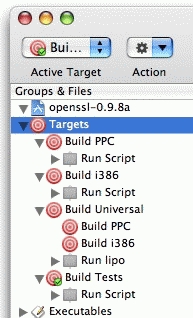Is Smaller Better?
In the past couple of months I thought about spending some money on either a Nintendo Wii or a multi-purpose media box (not to mention my anxiety over buying an unmodifiable blackbook). Over the past 3 years I’ve looked at smaller cases as “better”. Before that it was always the full tower case that provided more room and ease-of-use. In this vein I’ve been looking at the world of mini-itx for the past several months.
VIA created the mini-itx specification for itself, but since its creation other companies started creating motherboards with this spec and recently so has Intel. The spec allows for a low-power consumption CPU, which is great for point-of-sales machines, thin clients, and more. The other use of mini-itx, popular amongst personal users, is as a Home Theater PC (HTPC) or media center.


 (First, yes I do realize the ‘X’ in ‘
(First, yes I do realize the ‘X’ in ‘ People like their applications to work. Even better, they like them to work, even when things change. For the WinTel world, this isn’t a big deal (Vista aside ;), because the underlying
People like their applications to work. Even better, they like them to work, even when things change. For the WinTel world, this isn’t a big deal (Vista aside ;), because the underlying  For years, iPhoto users have been stuck using a limited number of email clients to send their photos easily. This was mostly remedied by the
For years, iPhoto users have been stuck using a limited number of email clients to send their photos easily. This was mostly remedied by the  The Kineme Quartz Composer patches now have a proper home at
The Kineme Quartz Composer patches now have a proper home at 
 Making pop-up menus in custom Quartz Composer patches is actually surprisingly easy.
Making pop-up menus in custom Quartz Composer patches is actually surprisingly easy. Here’s a new version of the Xcode Template for Custom Quartz Composer Patches.
Here’s a new version of the Xcode Template for Custom Quartz Composer Patches. A few weeks ago I stumbled upon a
A few weeks ago I stumbled upon a